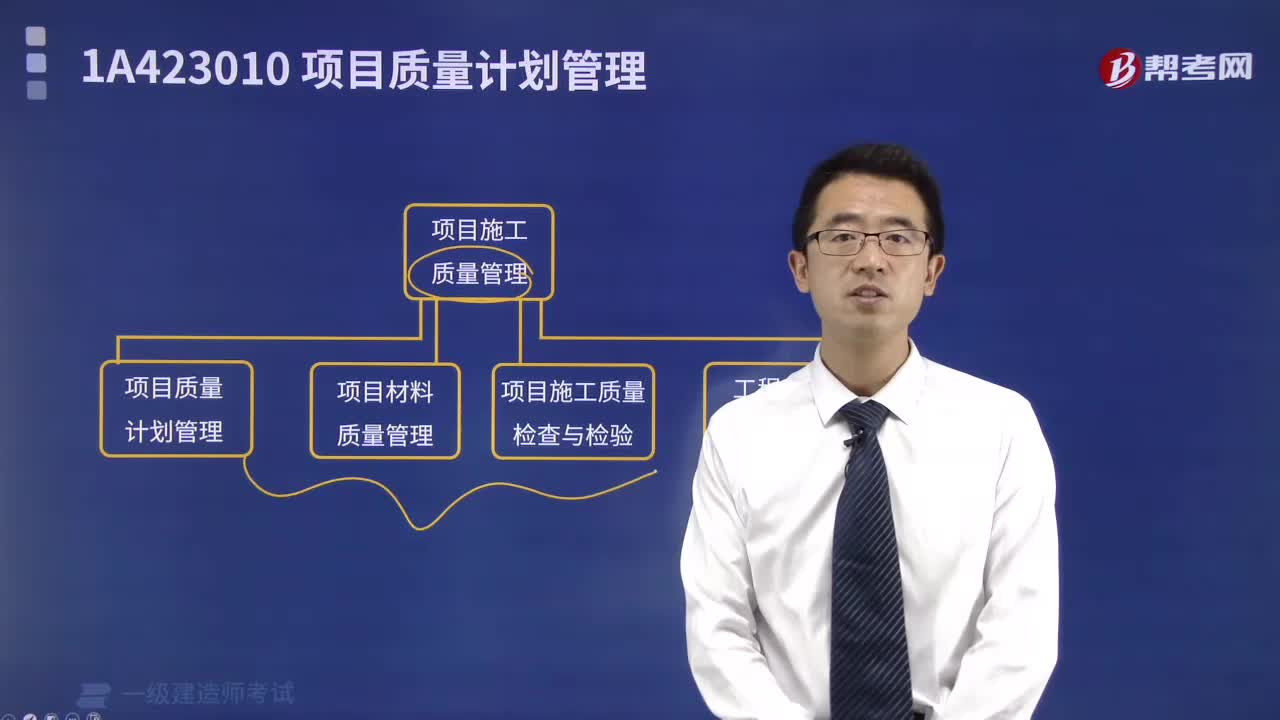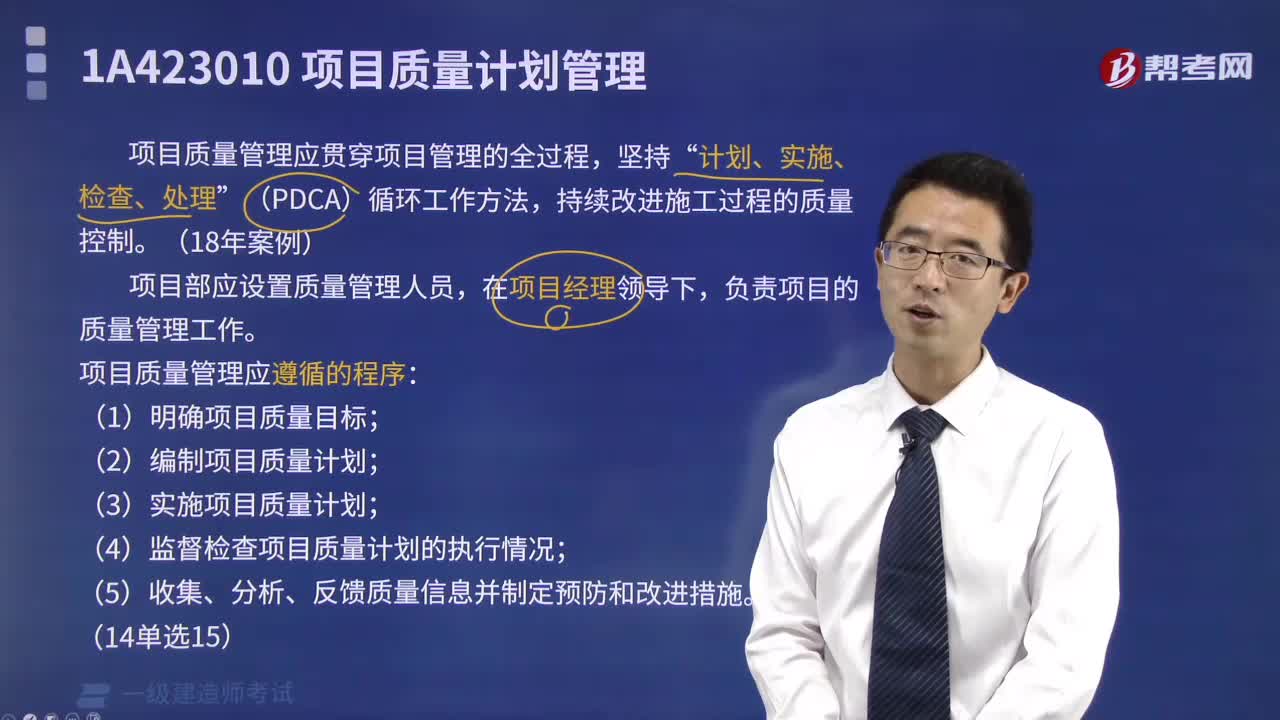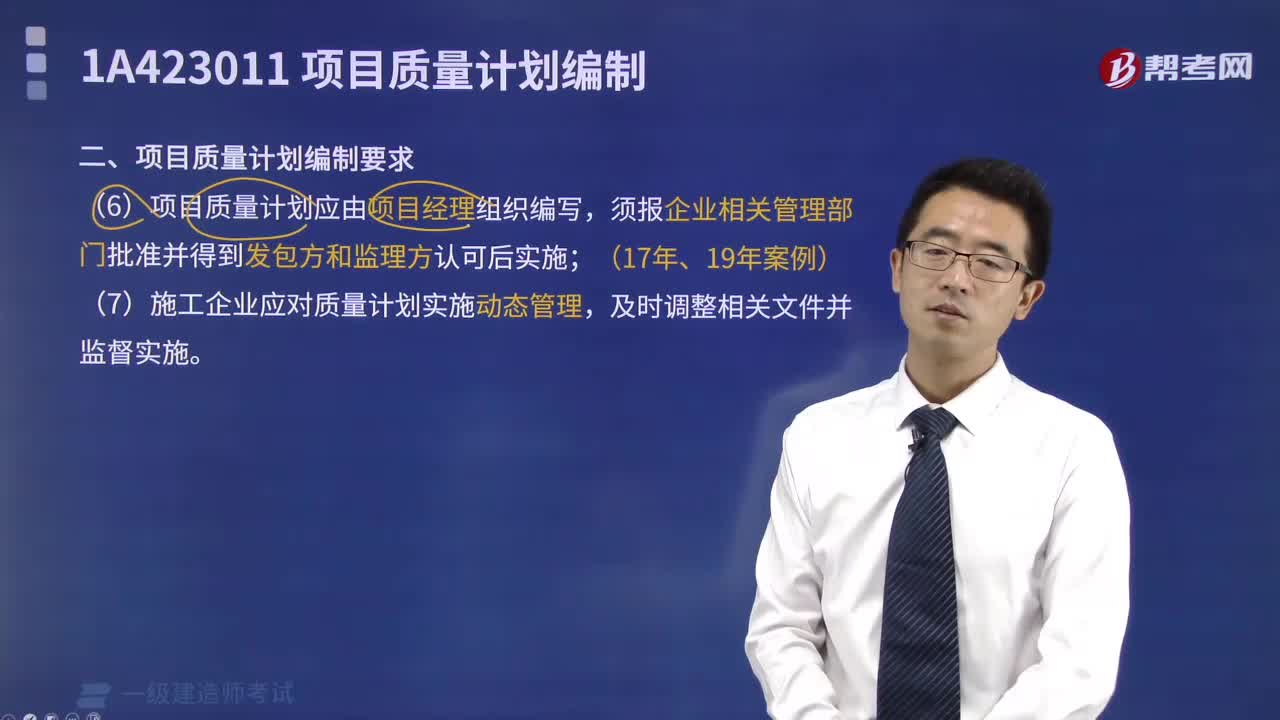
下载亿题库APP
联系电话:400-660-1360

下载亿题库APP
联系电话:400-660-1360

请谨慎保管和记忆你的密码,以免泄露和丢失

请谨慎保管和记忆你的密码,以免泄露和丢失
2022年职称英语考试《理工类》考试共65题,分为单选题和多选题和判断题和计算题和简答题和不定项。小编每天为您准备了5道每日一练题目(附答案解析),一步一步陪你备考,每一次练习的成功,都会淋漓尽致的反映在分数上。一起加油前行。
1、Some Unusual CelebrationsSome holidays are well - known all around the world. Among them are New Year\'s Eve celebrations. Also common are days in honorof love and friendship, like Valentine\'s Day. Each country has its own special holidays too, often to mark important events in its history. Schools, banks and government offices all close on days like these. _____ A few of them are really very strange.Of course, they are not strange to the people who celebrate them. Perhaps that is because the celebrations have long traditions. Consider April Fool\'s Day, forexample. No one knows when orwhy it began. Today it is celebrated in many countries—France, England and Australia, among others. On this day, people play practical jokes. Jokes are supposed to be funny, but these jokes do not make everyone laugh. The ones who laugh are the ones playing the jokes. The people they fool often get angry. Does celebrating this day make sense to you?Dyngus Day in Poland seems strange too. On this day, it is traditional forboys to pour water over the heads of girls. Here is the strangest part, they do it to girls they like.Other unusual celebrations take place in a single city ortown. A holiday called La Tomatina is celebrated in Bunol, Spain. Every year, in late August, big trucks carry more than 200,000 pounds of tomatoes into this little town. Then begins the world-s biggest food fight. Fortwo hours, people in the streets throw tomatoes at each other. Everyone ends up red from head to toe.August 10 marks the start of the Puck Fair, an Irish festival with a very unusual tradition. People from the town of Killorglin go up into the mountains and catch a wild goat. They bring him back to town, put a crown on his head, and make him king forthree days.There are also some celebrations that are really strange. In the United States, sometimes one person gets an idea fora new holiday and tries to get others to accept it. Whose idea was Public Sleeping Day? That one is on February 28. It may seem strange, but it sounds like more fun than the one on February 29. That is supposed to be Toothache Day.Do you like the idea of inventing a new holiday? If you do, then you will want to mark March 26 on your calendar. That is Make Up Your Own Holiday Day.【单选题】
A.They bring him back to town, put a crown on his head, and make him king forthree days.
B.Some of the days people celebrate, however, are less serious.
C.That is supposed to be Toothache Day.
D.Then begins the world-s biggest food fight.
E.Some people have fun imagining new holidays.
F.Jokes are supposed to be funny, but these jokes do not make everyone laugh.
正确答案:B
答案解析:本题有一定难度,但因为各个选项差异较大,还是比较容易确定答案,可采用代入法,可以发现B代入原文中,最符合上下文逻辑,是答案。
2、Weaving with LightIn the Sierra Madre mountain range of west central Mexico, the native Huichol people live much the way their ancestors did-without electricity. That\'s because it\'s too expensive to string power lines to the remote mountain areas where they live. To help support themselves, the Huichol create beautiful artwork. They sell their art in cities hundreds of miles away from their villages. and without electricity, at home oron the road, they can only work during daylight hours. When it gets dark, they must stop whatever they\'re doing.Now, a team of scientists, designers and architects is using new technologies to provide the Huichol with light after the sun sets. The scientists technique involves weaving tiny electronic crystals into fabrics that can be made into clothes, bags, orother items.By collecting the sun\'s energy during the day, these lightweight fabrics provide bright white light at night. Their inventors have named the fabrics "Portable Lights," Portable Lights have the potential to transform the lives of people without electricity around the world, says project leader Sheila Kennedy."Our invention," Kennedy says, "came from seeing how we could transform technology we saw every day in the United States and move it into new markets forpeople who didn\'t have a lot of money."At the core of Portable Light technology are devices called high - brightness light - emitting diodes, orHB LEDs. These tiny lights appear in digital clocks, televisions and streetlights.LEDs are completely different from the light bulbs. Most of those glass bulbs belong to a type called incandescent lights. Inside, electricity heats a metal coil to about 2,200 degrees Celsius. At that temperature, bulbs give off light we can see.Ninety percent of energy produced by incandescent lights, however, is heat and invisible. With all that wasted energy, bulbs burn out quickly. They are also easily broken.LEDs, on the other hand, are like tiny pieces of rock made up of molecules that are arranged in a crystal structure. When an electric current passes through an LED, the crystal structure produces light. Unlike incandescent bulbs, they can produce light of various colors. Within an LED, the type of molecules and their particular arrangement determines what coloris produced.The central part of the Portable Lights technology is ______.【单选题】
A.glass bulbs
B.digital clocks
C.incandescent lights
D.HB LEDs
正确答案:D
答案解析:本题有一定难度,关键在吃透句意,答案依据比较明显,带着题干信息词回文章定位,答案依据主要在文章第五段第一句:At the core of Portable Light technology are devices called high - brightness light - emitting diodes orHB LEDs。其中core和题干里的central part是同义词,回来看选项,D项和原文句意相符,答案是D。
3、The book took ten years of thorough research.【单选题】
A.basic
B.careful
C.social
D.major
正确答案:B
答案解析:这本书花了十年时间的精心研究。本题难度不大,干扰项干扰不大,是送分题,thorough的引申意义指“认真的,精心的”,careful是“认真的”意思,所以最佳答案是B。
4、Arctic MeltEarth\'s North and South Poles are famous forbeing cold and icy. Last year, however, the amount of ice in the Arctic Ocean (北冰群) fell to a record low.Normally, ice builds in Arctic waters around the North Pole each winter and shrinks(缩小) during the summer. But formany years, the amount of ice left by the end of summer has been declining.Since 1979, each decade has seen an 11.4 percent drepin end of summer ice cover. Between 1981 and 2000, ice in the Arctic lost 22 percent of its thickness, becoming 1.13 meters thinner.Last summer, Arctic sea ice reached its thinnest levels. By the end of summer 2007, the ice had shrunk to cover just 4.2 million square kilometers. That\'s 38 percent less area than the average cover at that time of year. and it\'s a very large 23 percent below the previous record low, which was setjust 2 years ago. This continuing trend has made scientists concerned to.There may be several reasons forthe ice melt, says Jinlun Zhang, an oceanographer (海洋学家)at the University of Washington in Seattle. Unusually strong winds blew through the Arctic last summer. The winds pushed much of the ice out of the central Arctic, leaving a large area of thin ice and open water.Scientists also suspect that fewer clouds cover the Arctic now than in the past. Clearer skies allow more sunlight to reach the ocean. The extra heat warms both the water and the atmosphere. In parts of the Arctic Ocean last year, surface temperatures were 3.57 Celsius warmer than the average and 1.5c warmer than the previous record.With both air and water getting warmer, the ice is melting from both above and below. In some parts of the Beaufort Sea, north of Alaska and western Canada, ice that measured 3.3 meters thick at the beginning of the summer was measured just 50 cm by season\'s endThe new measurements suggest that melting is far more severe than the thinking of scientists. Some scientists fear that the Arctic is stuck in a warming trend.By the end of summer 2007 the ice cover in the Arctic was ______【单选题】
A.38 million square kilometers
B.4.2 million square kilometers
C.1.13 million square kilometers
D.11.4 million square kilometers
正确答案:B
答案解析:本题难度不大,答案依据比较明显,文章第四段第二句谈到了,到2007年夏季结束时,冰层缩减至仅覆盖420万平方公里,所以答案是B。
5、Easy ListeningStudents should be jealous. Not only do babies get to doze their days away, but they\'ve also mastered the fine art of learning in their sleep. By the time babies are one year old, they can recognize a lot of sounds and even simple words. Marie Cheour at the University of Turku in Finland suspected that they might progress this fast because they learn language while they sleep as well as when they are awake. To test the theory, Cheour and their colleagues studied 45 newborn babies in the first days of their lives. They exposed all the infants to an hour of Finnish vowel sounds one that sounds like "oo"; another like "ee" and the third boundary vowel peculiar to Finnish and similar languages that sounds like something in between. EEG (脑电图) recording of the infants brains before and after the session showed that the newborns could not distinguish the sounds. Fifteen of the babies then went back with their mothers, where the rest were split into two sleep-study groups. Onegroupwas exposed throughout their night-time sleeping hours to the same three vowels, while the others listened to the other, easier-to-distinguish vowel sounds. When tested in the morning, and again in the evening, the babies who\'d heard the tricky boundary vowels all night showed brainwave activity indicating that they could now recognize this sound. They could identify the sound even when its pitch was changed, while none of the other babies could pick up the boundary vowel at all. Cheour doesn\'t know how babies accomplish this nighttime learning, but she suspects that the special ability might indicate that unlike adults, babies don\'t "turn off" their cerebral cortex (大脑皮层) while they sleep: The skill probably fades in the course of the first years of life, she adds so forget the idea that you can pick up the tricky French vowels as an adult just by slipping a language tape under your pillow. But while it may not help grown-ups, Cheour is hoping to use the sleeping hours to give remedial help to babies who are genetically at risk of language disorders. The study shows that the infant\'s cerebral cortex is working while he is asleep. 【单选题】
A.Right
B.Wrong
C.Notmentioned
正确答案:A
答案解析:选A的依据是最后一段中的“... unlike adults, babies don\'t“turn off’their cerebral cortex while they sleep”。
 79
79为什么商务英语考试中有的考生不允许入场?:为什么商务英语考试中有的考生不允许入场?考点将拒绝考生入场,并不予改期考试或退还考费:1. 抵达考点与网上报名所选考点不一致;2. 未携带准考证或规定的有效身份证件;3. 所携身份证件的有效性未通过核验;4. 身份证件类型和号码与所持准考证显示信息不符;5. 身份证件相片与本人明显不符;6. 未按准考证规定时间到达考场;7. 不服从监考人员的管理,扰乱考场秩序。
 21
21需要具备怎样的基础才能备考商务英语BEC中级?:商务英语中级需要有大学英语四级到六级的水平。
 30
30学习商务英语BEC初级需要具备怎样的基础?:学习商务英语BEC初级需要具备怎样的基础?根据BEC考试大纲的要求,学习BEC初级需要有公共英语四级的水平。
 02:03
02:032022-04-08
 02:40
02:402022-04-08
 01:25
01:252022-04-08
 04:24
04:242022-04-08
 02:33
02:332022-04-08

微信扫码关注公众号
获取更多考试热门资料